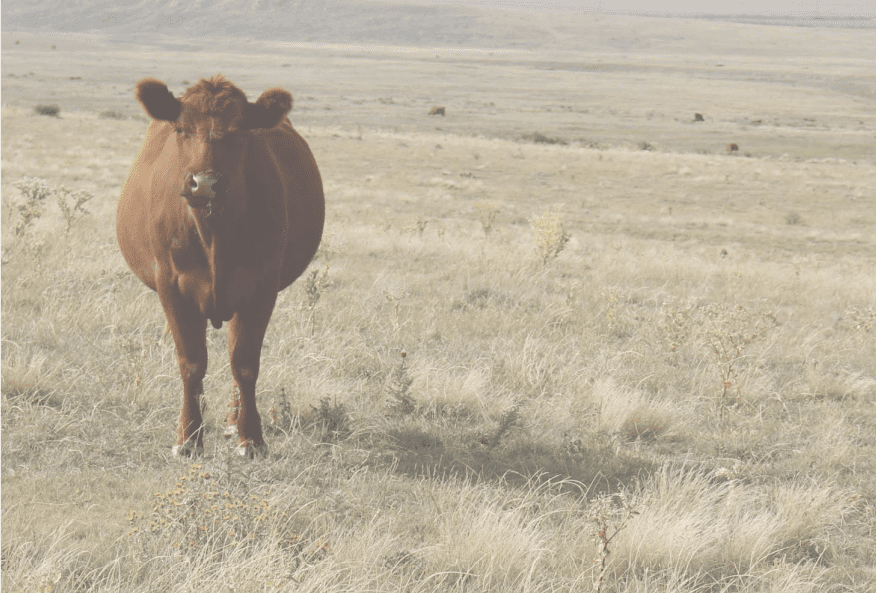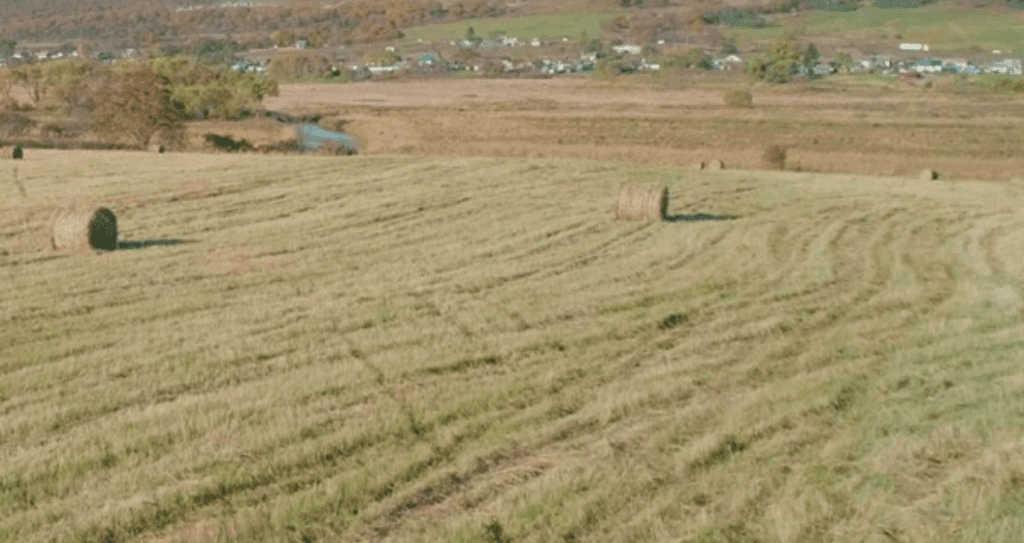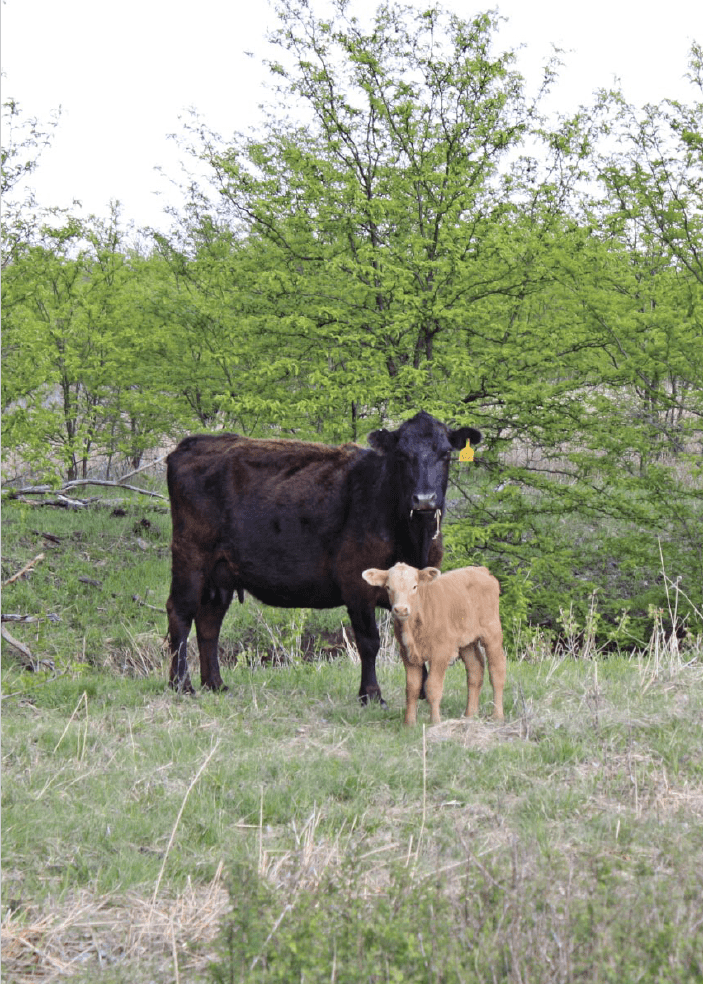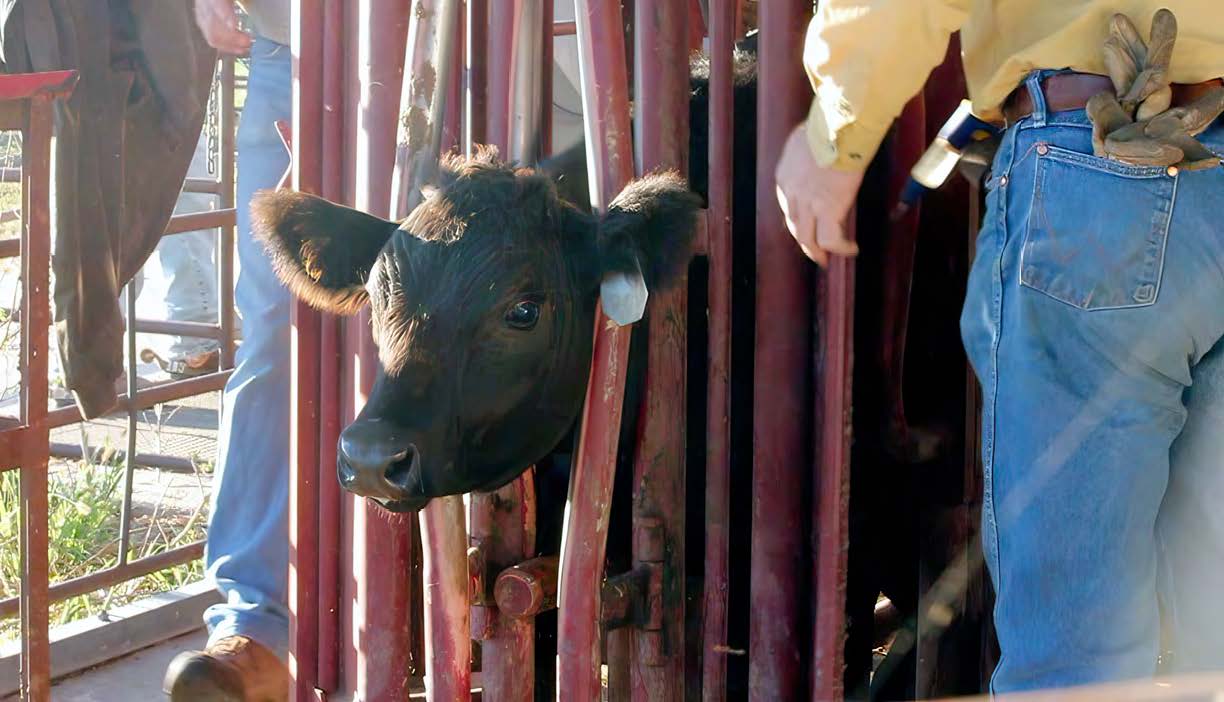

How do we advance cattle health as an industry? How about in your herd or feedlot?
We can significantly impact the future of animal health through new technologies allowing cattle producers access to real-time, actionable data that can improve animal management, health outcomes, and ultimately your bottom line.
Merck Animal Health has invested in several recent acquisitions to bring new technologies that assist in animal monitoring and surveillance.
I like to draw a parallel with the use of precision agriculture in row-crop agriculture.
Precision ag – the use of information technology to ensure that crops and soil receive exactly what they need for optimum health and productivity – has been used for several decades.
The goal is to strive for profitability, efficiency and sustainability based on the needs of the specific row-crop operation.
Through soil mapping using GPS coordinates and variable-rate technology, row-crop farmers can apply the right amount of inputs – seed, fertilizer and water if irrigating- for each field that will maximize yield.
At the same time, they can reduce costs by not applying as many inputs in the areas that do not justify it.
We can take a page out of the precision ag “play book” and apply this concept and learnings to beef cattle production.
There are applications from the cow/calf through the feedlot level.

At the cow/calf level, remote monitoring and decision-making systems provide producers with constant access to their animals.
The emphasis currently is on two areas: individual heat or estrus detection and health monitoring.
From a heat detection standpoint, technology can monitor both activity and rumination patterns to identify profiles that reflect estrous activity.
When an animal displays estrus, the producer is alerted via their smart phone or computer. In addition, it also identifies where she is at during the 12-18 hour “breeding window” – indicating when conception is most likely to be successful.
In a natural-breeding system, precise cycling information can enable producers to detect heat in heifers at a younger age.
In an artificial-breeding system, the breeding window allows for more precise insemination timing.
Producers also can use the information to gauge the quality of the semen used.
For example, they may want to use higher-priced semen when the cow or heifer is in the most-likely-to-conceive window.
The system also monitors the animal’s health. If there is an adverse health event, the user will get an alert that the animal needs to be evaluated.
Timely alerts add an additional layer of confidence for producers to know the health status of their animals and to be able to treat them quickly.
The system includes an individual ear tag that measures animal activity and rumination.
It measures rumination based upon the ear movement secondary to the animal’s chewing activity.
Artificial intelligence is then used to determine if there is an estrous event, as well as if the animal’s health is normal.

Bovine respiratory disease (BRD) complex involves the pathogen (virus or bacteria), the calf (the host), and the environment and stressors, which all work in tandem to cause disease manifestation.
BRD is the number one health issue that we deal with on a day-to-day basis in post-weaned animals.
There are three categories of data and intelligence use as it relates to BRD – disease prediction, detection and confirmation.
The ability to predict BRD at the group or lot level using perceived risk factors is a highly inaccurate exercise.
Until recently, the only tool to select animals needing an antibiotic was a thermometer. Producers could take the temperature of each calf and only give antibiotics to animals who have a certain elevated rectal temperature.
However, research shows that fever based treatment is less effective than conventional metaphylactic group treatment for decreasing the prevalence of BRD in newly arrived cattle.
The data would indicate rectal temperature alone is not predictive of BRD incidence.
Metaphylaxis, a tried-and-true BRD management practice, has historically focused on administering antibiotics to each animal in the group.
Whisper® On Arrival is the first technology of its kind with the goal of optimizing metaphylaxis use.
The objective is to predict which animals need antimicrobial therapy and which do not. This will reduce the cost of treatment and support judicious antimicrobial use all while maintaining the positive attributes of conventional BRD control.
The technology’s predictive algorithm uses up to four data points – the animal’s lung sound, heart sound, rectal temperature and weight.
Heart and lung sounds are captured with a hardware device, while rectal temperature and body weight are currently hand entered into the application.
Based on individual animal examination, the algorithm calculates each animal’s risk of developing BRD and provides a simple “treat” or “do not treat” outcome.
The technology identifies which cattle are likely to respond to antimicrobial therapy for BRD control while leaving the remaining population untreated.
Development studies across four sites demonstrated that pens managed with the technology displayed no statistical differences in health and performance compared to the positive control.
Pens managed by this technology reduced metaphylactic antibiotic use by 10-43 percent compared to conventional metaphylaxis.

Cattle’s defense mechanism is to appear healthy, even when sick. That is why a sick animal will often look alert and conceal signs of sickness if it knows it is being watched.
The Quantified Ag® technology is used to monitor activity and body temperature to detect sick animals earlier and more accurately.
Body temperature is captured by an infrared thermistor that captures ear temperature. A built-in accelerometer measures activity.
The hardware is very minimal. It consists of the ear tag, an antenna placed strategically on site and a gateway where the data is collected, stored and sent to a data platform.
The user receives a report of animals flagged by the system. In parallel, there is a light on the tag that illuminates so pen riders can easily identify animals with blinking lights on their tag. This allows them to find and remove sick animals with minimal disruption.

The Whisper® Hospital technology aids in the diagnosis of BRD by estimating the degree of lung pathology at the time when cattle are brought to the chute for assessment.
The user receives a severity score of 1-5 (lung pathology, and subsequently the risk of retreatment and mortality rising with an increase in severity).
Using the score, producers can determine the severity of the disease and use those data to make treatment and/or management decisions.
Just as precision agriculture has been incorporated into row-crop agriculture, adding new technology can seem like a daunting task.
It is important to start with your goals and determine what makes sense for your operation and to seek out those who can help you along the way.
Improvements and innovation in animal monitoring should allow you to make more informed therapeutic decisions.
Ultimately, these tools are designed to positively impact beef productivity, well-being and profitability.
 Jason Nickell, D.V.M., Ph.D., DACVPM, is manager of professional services for AllFlex Livestock Intelligence, which is Merck Animal Health Intelligence’s livestock company. Dr. Nickell earned his D.V.M. degree from the University of Missouri-Columbia. After four years of mixed animal practice, he pursued a Ph.D. in Epidemiology at Kansas State University. Dr. Nickell is a Diplomate of the American College of Veterinary Preventive Medicine and is a member of the American Veterinary Medical Association, the Missouri Veterinary Medical Association, the Academy of Veterinary Consultants, the American Association of Bovine Practitioners, and the Association of Veterinary Epidemiology and Preventive Medicine. He is also the past AABP liaison for the Council for Agricultural Science and Technology (CAST).
Jason Nickell, D.V.M., Ph.D., DACVPM, is manager of professional services for AllFlex Livestock Intelligence, which is Merck Animal Health Intelligence’s livestock company. Dr. Nickell earned his D.V.M. degree from the University of Missouri-Columbia. After four years of mixed animal practice, he pursued a Ph.D. in Epidemiology at Kansas State University. Dr. Nickell is a Diplomate of the American College of Veterinary Preventive Medicine and is a member of the American Veterinary Medical Association, the Missouri Veterinary Medical Association, the Academy of Veterinary Consultants, the American Association of Bovine Practitioners, and the Association of Veterinary Epidemiology and Preventive Medicine. He is also the past AABP liaison for the Council for Agricultural Science and Technology (CAST).
Get all Doc Talk episodes straight to your email inbox!